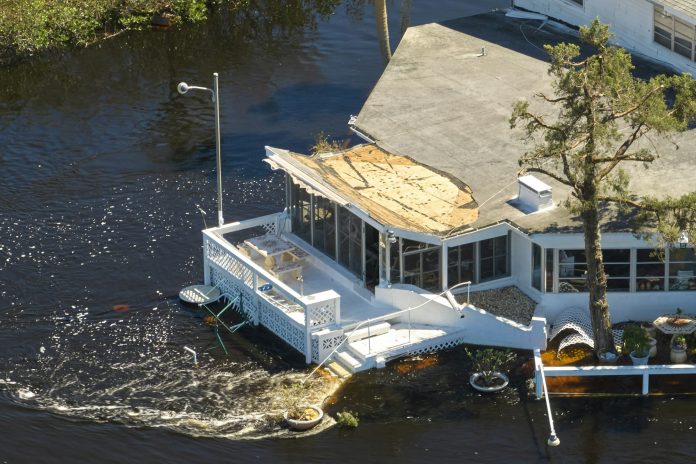In a significant development that small business owners should closely monitor, the U.S. Small Business Administration (SBA) has announced the suspension of new disaster loan offers following the depletion of funds due to rising demand tied to Hurricane Helene. This situation emphasizes the crucial role that the SBA plays in providing financial relief to businesses and individuals affected by disasters.
The SBA had previously warned that funds were running low, and with Congress set to reconvene in November, many small business owners may face a critical period where they need to plan their recovery strategies. Despite the funding pause, the SBA is still encouraging eligible survivors to complete their applications for disaster loans to ensure they are prepared to receive assistance as soon as Congress approves new funds.
Key Takeaways:
- The SBA has paused new disaster loan offers but is still accepting applications.
- Businesses affected by disasters should apply immediately, even with funding limitations.
- Congress is expected to allocate additional funds when they return in November.
“While we await Congress to provide much-needed funding, we strongly encourage eligible businesses and households to apply for SBA disaster loans,” said SBA Administrator Isabel Casillas Guzman. This statement underscores the importance of acting swiftly for those impacted by recent disasters.
The SBA’s loan application portal remains operational, and support teams are still active nationwide. This will allow small businesses and homeowners to start the application process, despite the current funding situation. By filing applications now, applicants can be prioritized once additional funding is made available.
The agency has already received approximately 37,000 loan applications associated with Hurricane Helene, with over 700 loans totaling around $48 million already offered. A similar number of applications has been submitted for Hurricane Milton, showing the substantial demand for financial support.
For small businesses, the SBA offers loans up to $2 million to cover both physical damage and economic injury caused by disruptions. These loans present a safe option, allowing businesses to avoid high-interest credit card debts or predatory bridge loans. The interest rates for these loans are competitive, starting at just 4% for businesses and 3.25% for nonprofits, with repayment terms stretching up to 30 years.
Practical Applications for Small Businesses:
- Emergency Preparedness: Preparing for possible disruptions by familiarizing yourself with SBA disaster loan eligibility and processes can be crucial. This could enhance your business continuity planning.
- Financial Management: Using SBA loans can help maintain cash flow, ensuring that businesses can continue operations while covering costs associated with property damage and revenue loss due to disasters.
- Application Strategy: With the loan application process open, business owners should ready their documentation and seek assistance from SBA teams to improve their chances of receiving aid quickly when funding resumes.
Challenges to Consider:
- Funding Timeline: Small businesses must prepare for a potential delay in accessing funds if Congress doesn’t act quickly upon their return.
- Uncertainty of Approval: Not all applicants will qualify for loans. The SBA will process applications and notify those who may not meet eligibility criteria, urging them to explore other support resources if necessary.
- Market Conditions: External market factors might affect recovery speeds, emphasizing the importance of having diversified plans beyond just federal aid.
In summary, the current pause in new disaster loans presents an uncertain landscape for small business owners affected by recent disasters. However, by applying now and preparing for potential assistance when it becomes available, businesses can position themselves for a more rapid recovery.
For more information on the application process and to access disaster assistance resources, business owners can visit the SBA website or contact the SBA’s Customer Service Center. The wait for additional funding is an opportunity for proactive planning, underscoring the importance of community resilience in the face of challenges.


